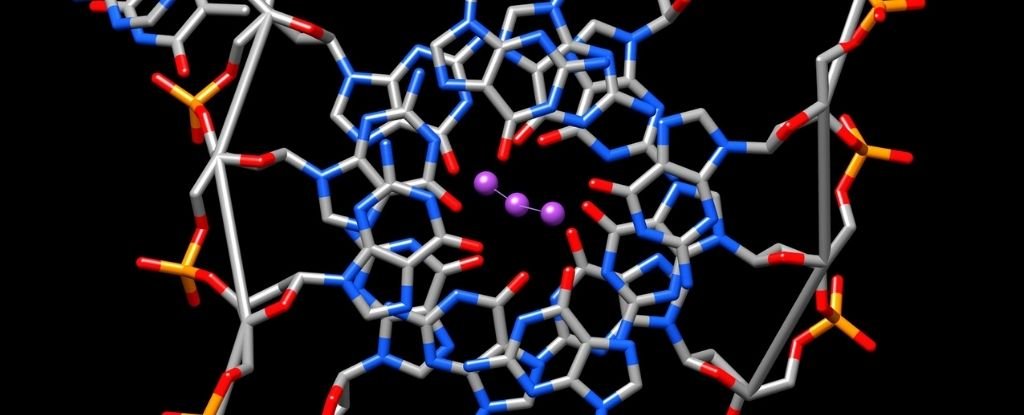
Dec 08, 2021
42 secs
Now, researchers from Imperial College London have linked an accumulation of G-quadruplexes to another human disease – a rare genetic disorder known as Cockayne Syndrome (CS).In most cases, the disorder is linked to a mutation in the Cockayne Syndrome B (CSB) protein, and in lab experiments involving human, insect, and bacterial cells, researchers have now shown this protein binds with "astonishing picomolar affinity" to G-quadruplexes that are formed from multiple different DNA strands.This type of DNA holds the codes for the transcription of cellular proteins, so if the CSB protein is mutated and can no longer bind to G-quadruplexes, these proteins might never get made.If the researchers are right, and these findings apply in the body in real-world conditions, it could mean Cockayne Syndrome leads to premature aging because it interrupts the production of proteins coded for by certain G-quadruplexes.
